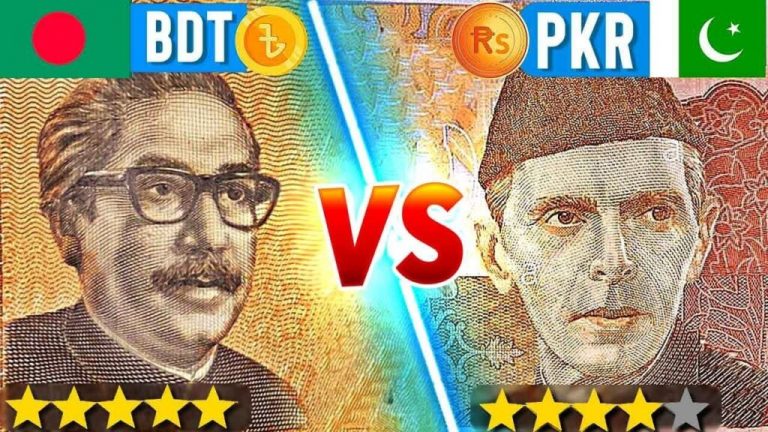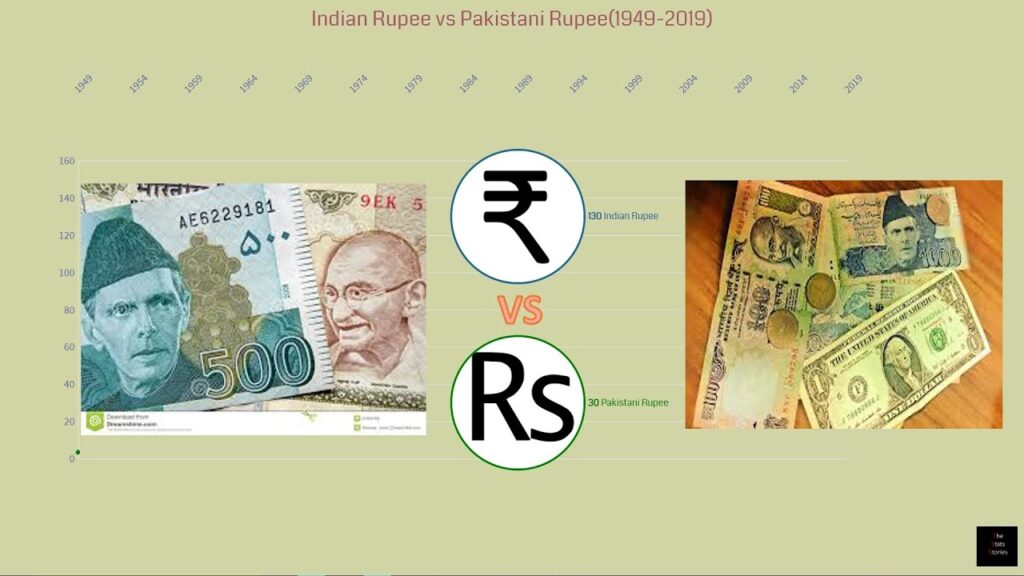
The incumbent government is constantly relying on borrowings, from wherever is available, no matter what are the conditions attached to borrowing.
Islamabad: Bangladeshi Taka and Indian rupee have become more expensive in the backdrop of fresh phase of depreciation of Pakistani rupee.
These days, Pakistani rupee has further depreciated to over 170 rupees to a US dollar as economic team of the PTI government is getting ready to hold meeting with IMF early next month.
Similarly, Bangladeshi Taka is equal to two Pakistani rupees today while Indian rupees is equal to 2.5 Pakistani rupees.
When the PTI government came to power in August 2018, the value of Indian rupee was around 1.5 Pakistani rupee while Bangladeshi Taka was available around 1.44 Pakistani rupee. Nonetheless, consistent depreciation of PKR has further widened gap between Bangladeshi Taka, Indian rupees and other currencies.
However, massive devaluation of Pakistani currency soon after the formation of the PTI regime has led to a sharp depreciation of rupee, from 117 to 170+ rupees. When PTI formed the government, it inherited dollar-rupee exchange rate around 117, but in few months the dollar-rupee parity was expanded to over 170 rupees as the government preferred to pursue IMF program, setting aside its hazards for the national economy. For example, rupee devaluation eroded 30 percent of the GDP while its triggered inflation, price-hike and made imported consumer items much more expensive than before.
As the economic team of the PTI government is visiting Washington from 12-16 Oct 2021 to hold fresh round of talks with IMF to secure release of remaining one billion dollars, from $6 billion package, once again the rupee had been left at the mercy of the market’s evil forces who are playing daily with the value of dollar, rupee and other currencies and minting millions every day.
In addition to this, the government has been inflating gas, petrol and electricity prices just to satisfy IMF and disappoint the masses of the country.
 Despite being a nuclear power, economy of Pakistan is consistently sinking under the mounting debt burden and the incumbent government is constantly relying on borrowings, from wherever is available, no matter what are the conditions attached to borrowing.
Despite being a nuclear power, economy of Pakistan is consistently sinking under the mounting debt burden and the incumbent government is constantly relying on borrowings, from wherever is available, no matter what are the conditions attached to borrowing.
Recently, former economic adviser Dr Ashfaque H. Khan has claimed in his article that $6 billion package of the IMF cost more than $40 billion to Pakistan in just two policy areas _ increase in discount rate and devaluation of rupee.
Dr. Ashfaque H. Khan was the only member of PM’s economic advisory council comprising 18-members, who opposed the idea of going to IMF. PM Imran Khan formed an 18-member economic advisory council in Sept 2018 to get nod for IMF loan. The council was disbanded soon after it gave a go-ahead for a deal with IMF.
In his article Dr. Ashfaque Khan said the State Bank of Pakistan (SBP) has increased the discount rate to control inflation. In other words, there is an inverse relationship between discount rate and inflation. According to Dr. Khan devaluation failed to increase exports, it certainly added Rs.4666 billion to public debt without borrowing a single dollar during July 2018 to March 2020. These two policies cost Pakistan Rs. 6353 billion or approximately $40 billion for a $6 billion IMF Program. Who is responsible for this damage?
Devaluation simply caused public debt to rise without increasing a single dollar in exports. Who has paid the price of this misconstrued policy – Naturally, this government and the people of Pakistan?
______________________
Courtesy: The Truth International